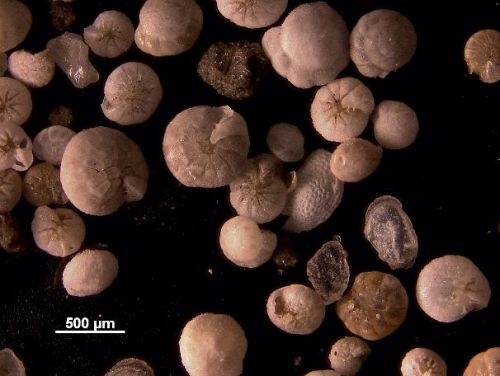RAIN
Regional archives for integrated investigations (RAIN): Micropalaeontology - palaeoclimate proxies in lacustrine and marine sediments
BMBF project, since 06/2013
PD Dr. Peter Frenzel
Micropaleontological proxies are a powerful tool for paleoclimatological analyses. We are using microfossils, especially ostracods and foraminifers, from coastal lakes of South Africa for local palaeoenvironmental reconstructions and interregional comparisons because of their relatively high abundance and diversity in brackish waters, transitional between marine and terrestrial environments. These reconstructions are done in close collaboration with SP 1 and other subprojects of our group by sharing material and data leading to integrating multi-proxy analyses. Micropaleontological work comprises paleoecological analyses (including application of transfer functions), the use of ecologically induced morphological variation, as well as shell chemistry analyses for reconstructing mainly hydrological conditions. The goal of the studies is the identification of Holocene paleoclimaticchanges and anthropogenic impacts. The reconstruction of lake system evolution will be used for linking terrestrial and oceanic archives and providing data for testing paleoclimatic models. A base for paleoecological work is actuopalaeontological field work producing ecological and distribution data and testing methods in palaeoenvironmental analysis. This part of our work also enhances the general knowledge on ecological and biodiversity situation in South African coastal lakes.
The first field campaign starts in the Wilderness Area in October 2013, the second one in the Verlorenvlei region in June 2014.
Holocene Foraminifera and Ostracoda from a coastal lake core (South Africa)
Image: P. Frenzel